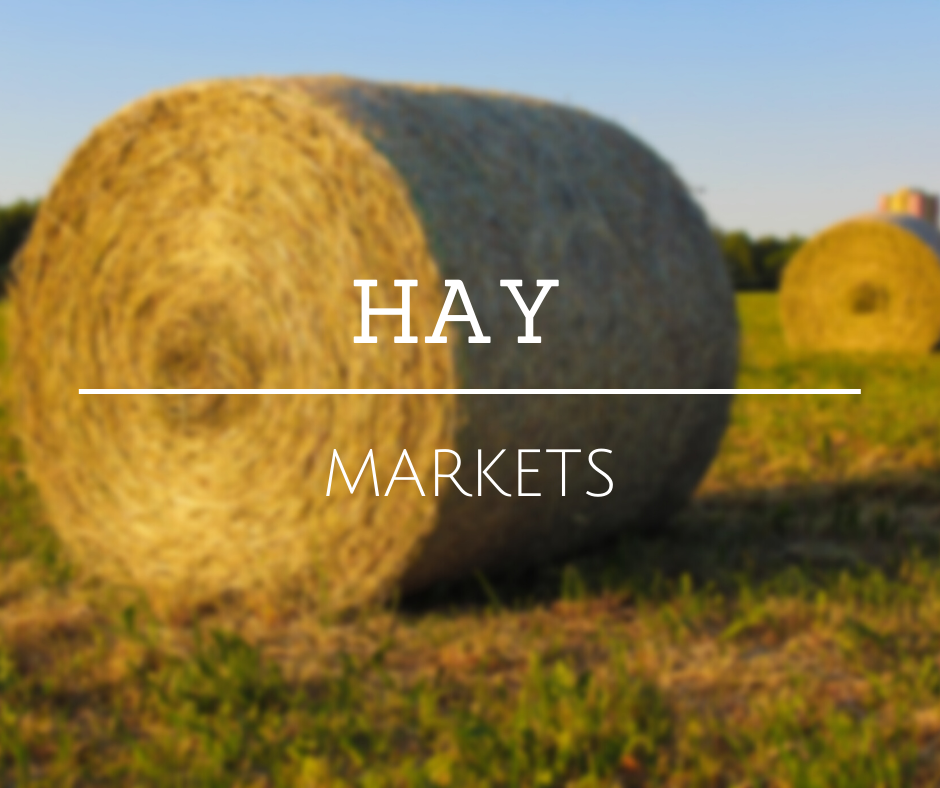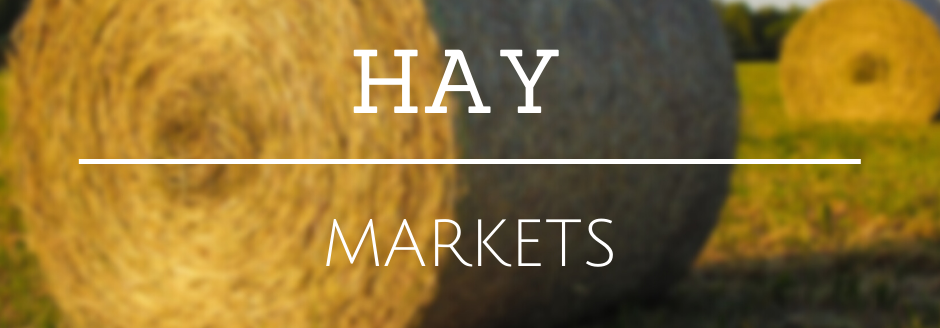Colorado—In the Feb. 23 report, compared to last report, trade activity and demand were slow. Prices firm on all hay markets.
Missouri—In the Feb. 23 report, compared to last report, the supply of hay is light, demand is moderate and prices are steady. As February ticks away and a few signs of the approaching spring can been seen, the hay market is starting to slow. Although there are still sales taking place and still some potential buyers looking a lot of folks have anticipated hay needs covered for the rest of the feeding season. A few listings of decent quality hay have showed up at lower prices as folks seem to be looking to move inventory they have held on to for whatever reason. This is however an exception as most prices remain steady and many are willing to hold on to any extra inventory, especially if they have livestock, not knowing what the coming year will bring.
Nebraska—In the Feb. 23 report, compared to last report, bales of alfalfa sold steady, grass hay fully steady. Ground and delivered products sold steady. Sun-cured alfalfa pellets $10 higher with dehydrated alfalfa pellets steady. Demand was very good with a lot of livestock owners looking for a load or more of hay. Hay supplies have tightened up immensely in the last few weeks with high asking prices on some lots. It is tough decision to procure another load of hay for “x” amount of dollars or maybe sell some livestock? This has been the conversations the last couple of weeks. Some hay continues to come into the state from North and South Dakota.
Oklahoma—In the Feb. 17 report, compared to the last report, hay is steady. Oklahoma starts to see more hay barns empty due to it being harder to find hay, along with hay being harder to afford. The continued moisture that falls across the state is helping the outlook for hay and grain crops. Hay for the future is still undetermined, as Oklahoma still needs more rain on the west side of the state, along with lower prices of fertilizer and fuel. Next report will be released March 3.
Texas—In the Feb. 24 report, compared to the last report, hay prices remain steady to firm in all regions. Hay demand is very good across the state. Cooler temperatures accompanied by moisture moved across the state over the last few weeks. Hay movement remains steady in all regions as supplemental livestock feeding continues throughout the winter months. Hay stocks are reported lower and as a result, livestock producers are continuing to cull deeper into their herds to avoid feeding excess amounts of hard to come by, high priced forages. Next report will be released March 10.
South Dakota—In the Feb. 24 report, compared to last report, all types and classes of hay steady. Very good demand remains for all classes and qualities of hay. Available supply of hay is very limited. Blizzard conditions across the state this week made for dangerous travel conditions.
New Mexico—Next report will be released April 2023.
Wyoming—In the Feb. 23 report, compared to last report, all reported hay sold fully steady. Demand was good throughout the week. Most producers are almost out of hay with a few unsold lots of hay in the barn. Some snow and bitter cold temps across many areas of the state.
Montana—In the Feb. 24 report, compared to last report, hay sold fully steady. Demand for hay remains good to very good for light offerings. Local ranchers continue to buy hay on an as need basis. Loads of hay continue to be sent south into the southern plains as Texas, Oklahoma, and Colorado are active buyers. Many of these loads are catching back hauls which has helped lower freight significantly.

